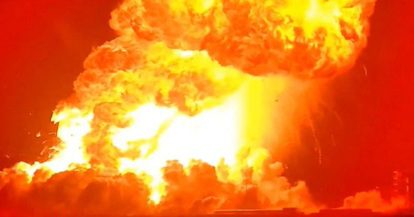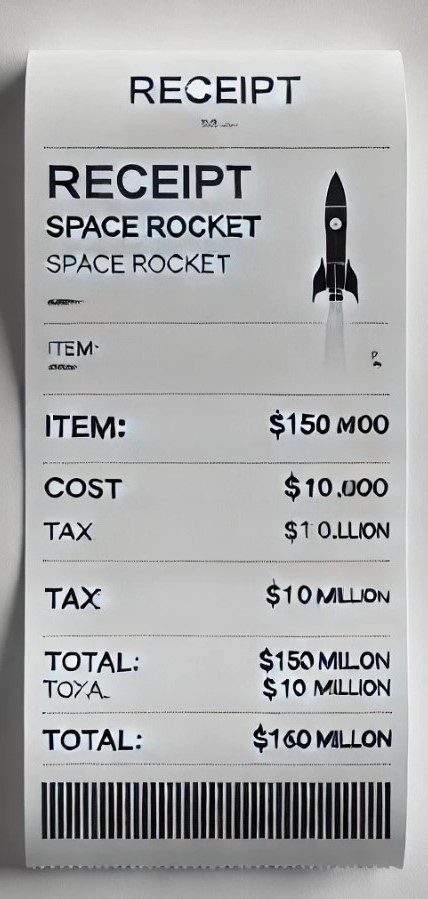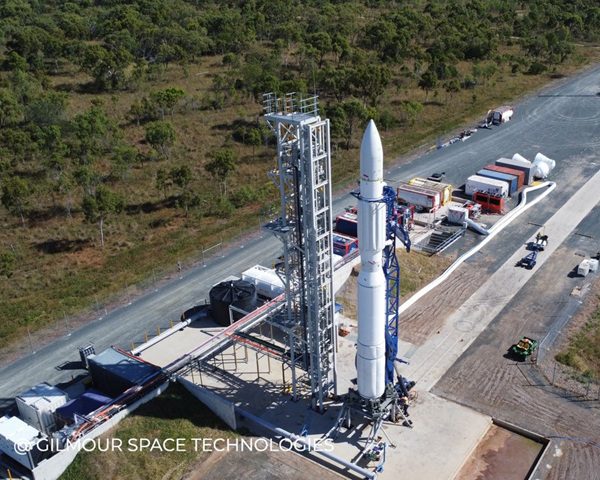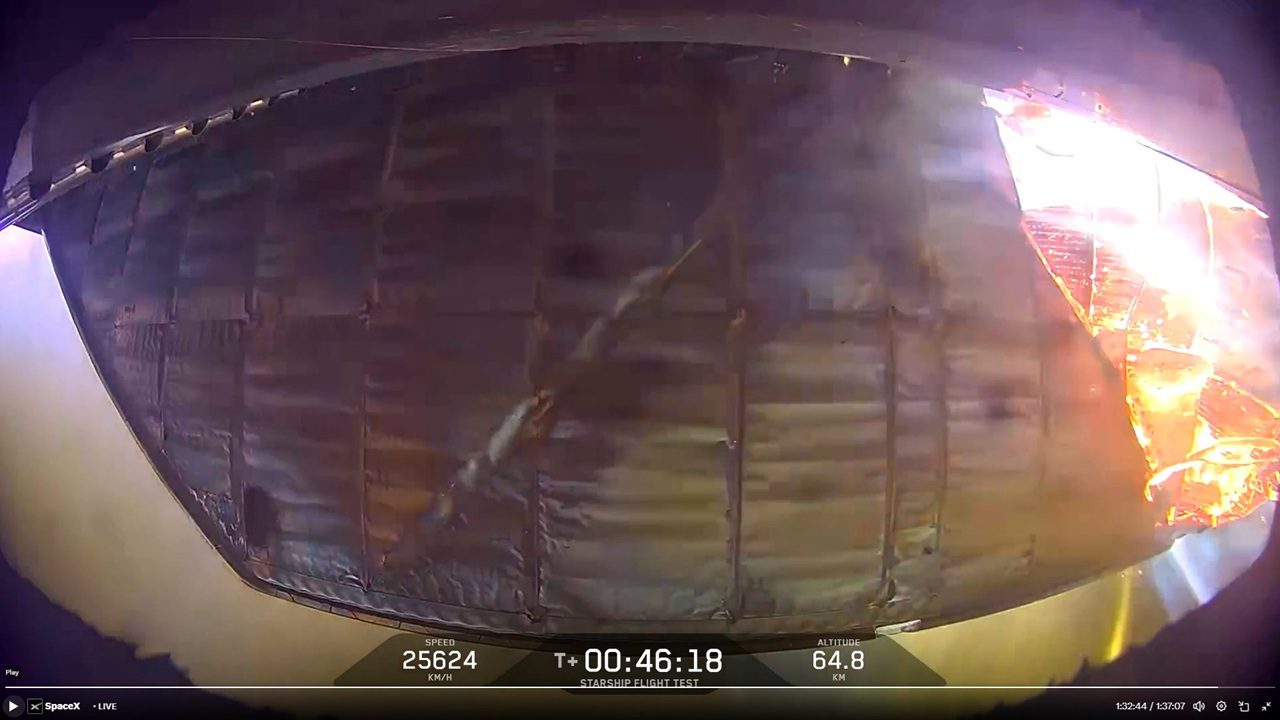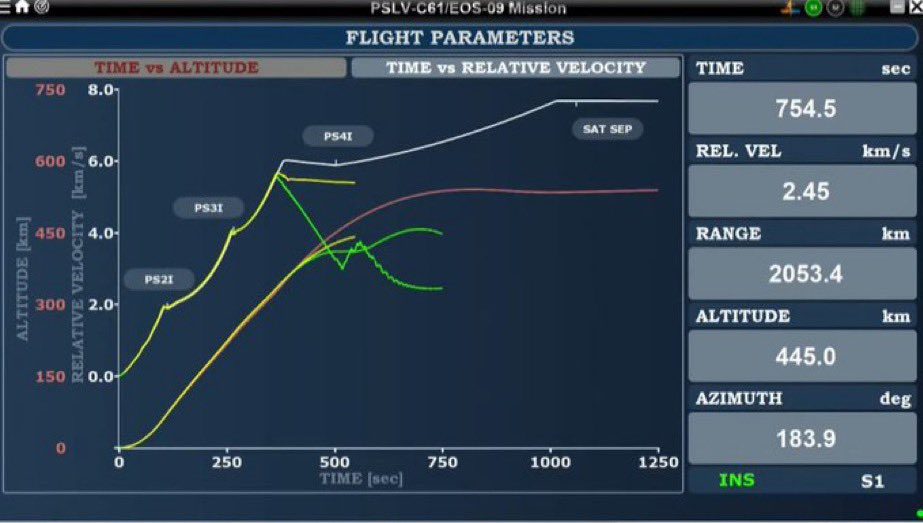China’s “space race” competitors have differing levels of progress in their own heavy lift launch vehicles programmes. Russian designers have yet to reveal their final configuration for a heavy lift launch vehicle but it is thought that it will have Lox/kerosene propulsion as the basis of its first and booster stages.
If NASA’s own heavy lift rocket designers do elect to go for Dynetics/Rocketdyne Lox/kerosene burning F-1B engine boosters for the Block 2 version instead of using advanced solid rockets as proposed by ATK, then they are confident of easily beating 130 metric tons to LEO. Todd May, Manager of the Space Launch System (SLS), noted that 150-170 metric tons to LEO should be achievable.
Todd May noted the good progress in the development of the SLS heavy lift launch vehicle in having passed its Preliminary Design Review (PDR). Nevertheless there have been a few unexpected snags including having to take into account of the taller tank, faster vehicle acceleration and more direct route that the liquid hydrogen and liquid oxygen makes into the RS-25 core engine inlets which result in higher pressures end cooler propellant temperatures that experienced previously by the Space Shuttle configuration. Bizarrely this could mean that the cryogenic propellant lines will need to be warmed.
NASA and the main manufacturers of SLS are busy trying to promote its use for unmanned space missions in a bid to get its utilisation up. With respect to exploration mission planning, May reminded his audience during in his IAC 2013 presentation that: “SLS has been optimised for one launch per year” and may at best fly once every six months. While NASA’s leadership currently prefers not to return to the Moon, in fact with so few launches available this would make manned lunar and exploration missions difficult and expensive anyway. Studies have indicated that at its planned payload capability, at least two SLS flights would be needed for such a mission ideally as close to each other as possible. As it is, for longer range manned exploration missions, for example to Mars, would require several flights to bring all the mission elements together (transfer craft, lander/ascent craft, fuel/food and Orion return capsule).
Accepting that China is likely to go for a four booster configuration (albeit with only single rocket engines) May agreed that adding an extra pair of twin engine F-1B LOx/kerosene engined boosters to SLS (to the pair already carried) could give SLS a super-heavy-lift payload capability of over 200 metric tons. Such a configuration could allow advanced lunar exploration to be performed with just a single SLS launch. Likewise the number of launches needed for a Mars mission might be significantly reduced. However, May explained that such an upgrade would be too expensive to implement given the pad infrastructure changes that would be needed and given the limits of the “flat budget” available to him. “It is a pretty big investment to change the pad and put four boosters on” said May adding, “Everything you want to do to make it better or evolve it, there is a DDT & E (Design, Development, Test & Evaluation) cost upfront.”
NASA’s Administrator Charles Bolden concurred at an IAC press conference, noting that there was no plan for a 200 metric ton class vehicle and that the Block 2 SLS with a minimum capability of 130 metric tons had already been “sized for a mission to Mars and indeed deep space.”
For the time being, NASA’s Administrator is more intent on deflecting a small 7m wide asteroid into a distant retrograde orbit around the Moon for the astronauts to visit (in effect becoming a de facto second Moon around the Earth) than considering having NASA astronauts revisit our current moon.
Nevertheless, Bolden may yet have to rethink his ideas as NASA is formally committed to coming up with a joint plan with its international partners for a “Global Exploration Roadmap”. When questioned why China was not part of this roadmap discussion, Dr Ma Xingrui, the titular head of China’s space programme, remained defiant as he ruefully pointed out that actually China had not actually been invited to be part of it.

